Cruising rough seas and getting sea sick has to be the number one fear people have of cruising. Either they have never sailed before and aren’t sure how they’ll go, or they have been sick on a ferry or small boat before and are concerned that it will be the same once on a larger cruise ship.
It’s a completely justified concern, seasickness is horrid! You can’t just get away from it either, but the good news is that there are plenty of things you can do to reduce your chance of getting sick so you can enjoy your days at sea as much as your port days. Read on for tips on how to make cruising rough seas smooth sailing!
What is motion sickness?
Motion sickness is felt when the movement that the inner ear experiences is different from what the eye is seeing. When the two signals hit the brain and don’t match, you will start to feel unwell. This can occur on all sorts of transport, with some people effected more by one than another. We often grow out of it when we become familiar with the motion, hence not many adults get sick from riding in a car, but as travelling by boat/ship is something we do less frequently, more people find it induces illness.
Children aged between 2-12yrs and pregnant women tend to suffer the most, but also people susceptible to migraines will also likely feel it. Interestingly, elderly people tend to be less likely to feel any mal de mer.
The main symptoms are:
- Stomach discomfort
- Sweating / Cold sweats
- Dry mouth
- Nausea
- Headaches
- Dizziness
- Sleepiness
- Vomiting
These symptoms may remain for several hours after the movement has stopped, or if in the case of being on a boat/ship for extended periods, the body should readjust so that the symptoms lessen as the days go on.
Where are the roughest seas?
There are some parts of the world which are particularly known for their rough seas, so perhaps avoiding these would be a good option, especially if it’s your first cruise.
Oceans are always rougher than seas as they are completely open without any shelter from land masses, so if you’re thinking of doing a repositioning/world cruise or transatlantic/transpacific, be prepared for the bumps.
In Europe the Med can be pretty choppy, particularly if you are travelling in the shoulder seasons. The Bay of Biscay is notorious for being rough, which is off the west coast of France and North of Spain…ie if you are cruising the Med ex England, you’re going to go through it, and I’ve handed out many a sick bag across this stretch of water (granted, mostly to hungover travel agents on inaugural sailings!).
It probably goes without saying that you want to avoid the Caribbean in Hurricane season, although even outside of this period it can be a little precarious, especially when the water meets the Atlantic Ocean.
Crossing the Gulf of Alaska is known to be pretty bad, especially in the shoulder season. You will generally only do this on a one-way sailing, if you stay within the Inside Passage it’s mostly protected and calm.
If you’re sailing South America or Antarctica, look out for the Drake Passage as this is almost guaranteed to have you reaching for those travel sickness meds! Most people see it as part of the adventure however, so go prepared and roll with it!
Consider avoiding cruising through Asia between July to November which is their stormy season. You’ll find it particularly bad late August/early September in the South China Sea with a high possibility of missed ports.
If you’re headed Down Under, be prepared for the rough waters of the Bass Strait, between Melbourne and Hobart, and also across the ditch to NZ, the Tasman is notorious for being rough, almost year round.
First time cruiser? Check out my Cruise Checklist so you can step on board feeling like a pro!
Medications
So you know where you should and shouldn’t be cruising to, now let’s look at medications you can purchase to help whilst on board. The key here is to take the medication BEFORE you start to feel sick, they generally won’t work if you have already peaked! So, better to be safe than sorry…check out these options, many of which can be purchased on board.
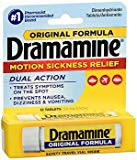
Dramamine and Benadryl are both very popular and easy to obtain over the counter, although it must be noted that they can cause drowsiness so should only be taken when you are not required to drive or operate machinery – usually a safe bet when on a ship!
MQ Motion Sickness patches work by placing them behind the ear 8 hours before travelling which should keep you covered for up to 3 days. You can buy non-drowsy and waterproof varieties too.
Anti-nausea wristbands are also very popular which work by putting pressure onto the inside of your wrist, at the pressure point 2 fingers breadth from your wrist. These can be worn by adults and children, even pregnant women and have no side effects. There are various options available, check out these varieties on Amazon.
Mostly, the seasickness medications are some form of antihistamine, so even if you have a hay fever relief tablet on you,  that will help.
that will help.
As with any medication, you should check with your GP before taking, and if you are prone to severe motion sickness, you can discuss other options with them.
When on board if you discover that you suffer badly, you can go to the Medical Centre where they have an injection they can give you (in the butt!) which I’ve been told is amazing! Be prepared to shell out approximately US$80 for it though.
Natural remedies
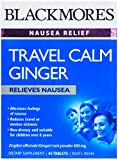
Everyone seems to have a different remedy for seasickness. The ones I hear most often are ginger – preferably fresh, grated into black tea or hot lemon water, but otherwise ginger ale is usually available from the bars, or you can buy ginger tablets.
Green apples are also meant to be fantastic and most ships will have these widely available for guests.
Other good choices are saltines or Ritz crackers to keep the stomach lined. An empty stomach will make the sickness worse, so grazing throughout the day rather than taking big meals seems to help.
General Practitioners also recommend the following:
- Practice controlled breathing
- Don’t move your head
- Close your eyes
- Avoid strong smells such as petrol
- Keep cool
- Avoid reading or using an electrical device
- Spend time on deck, take in the fresh air
- Aromatherapy, using mint and lavender oils
Sounds like a perfect lazy sea day to me…!
Check out my post: How to stay healthy on a cruise – in 8 easy steps!
Difference in ship types
It doesn’t take a rocket scientist to realise that you’re going to feel the bumps one hell of a lot more in a smaller boat than you are on a larger ship, but some people actually don’t take that into consideration when booking a cruise.
The new mega ships are much heavier in the water and also have the latest technology when it comes to stabilizers. The Oasis class ships from Royal Caribbean are also one of the widest, which keeps them well weighted and less likely to list in rougher waters.
Cunard’s ships are the original Cruise Liners, designed specifically to do the transatlantic crossings and cope with the roughest of waters. They do this by having a fin below the waterline almost as deep as the ship is high above the waterline, and having 4 stabilizers (most ships have 2), keeps them incredibly stable, even through most storms.
If you look at the smaller ships, in particular most of the expedition ships with less than 200 guests, they are much lighter and aren’t able to keep as level in rough seas. Considering these are covering parts of the world where the seas are generally known for being angry, you do need to be prepared if you choose this cruise option.
Room type
Another way to minimize how much movement you feel is to choose your cabin carefully. I always told my travel agents to recommend a room that is mid-ship and close to the waterline for the most stability. The closer to the back (aft) you go, and the higher up, the rougher it will be.
In addition, if you think you may feel a little queasy, choose a balcony room so you can step outside and get some fresh air. Being able to focus on the horizon can also be really helpful, so keeping the curtains open whilst lying down can help you with this.
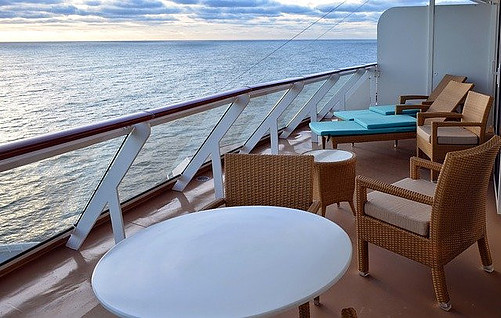
Wrap Up
Seasickness is horrid, there is no denying that, but it shouldn’t stop you from cruising and missing out on some of the best holidays of your life! There are so many remedies these days to help you, that you really can give it a go without fearing the worst. Maybe just try a shorter cruise to start with to check how you go (although remember that short cruises tend to be booze cruises and isn’t the ‘norm’ for most cruise lines…but that’s a whole other topic!).
Do you have any other suggestions to avoid seasickness? What works for you?
Thanks for reading as always, and if you’ve found this interesting, please do comment or share it – I’m always very grateful for the love!
See you next time,
Wendy A x

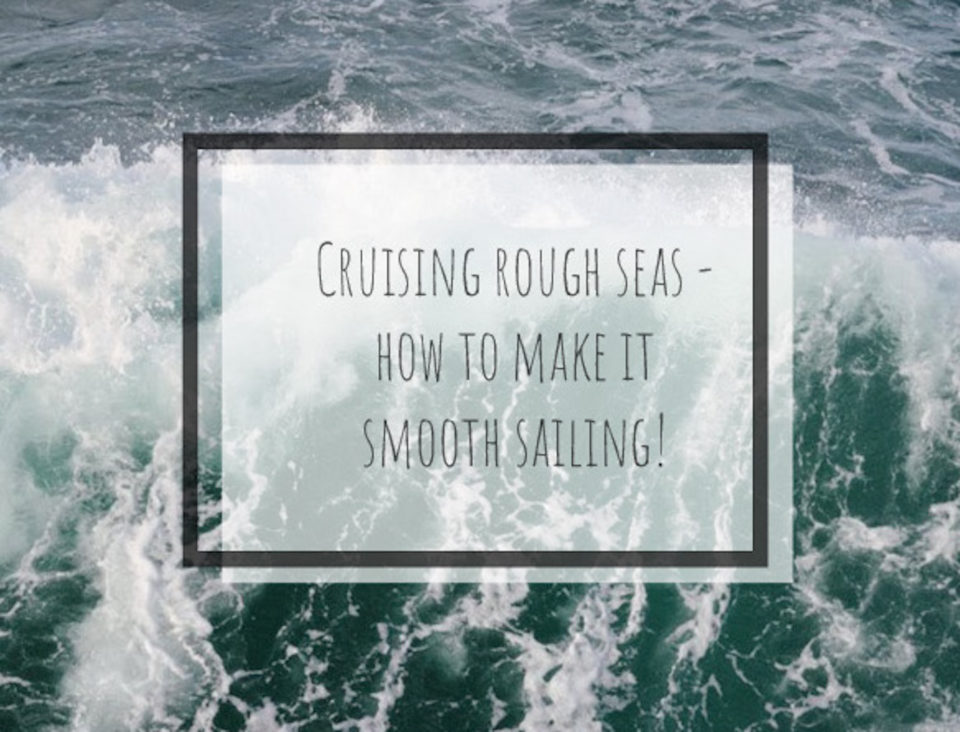
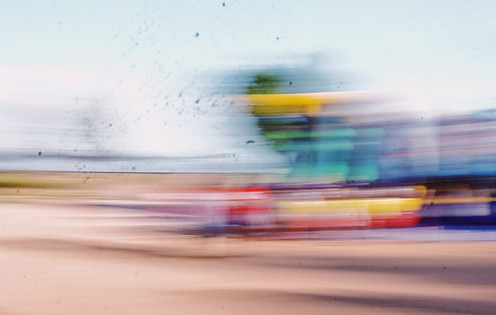
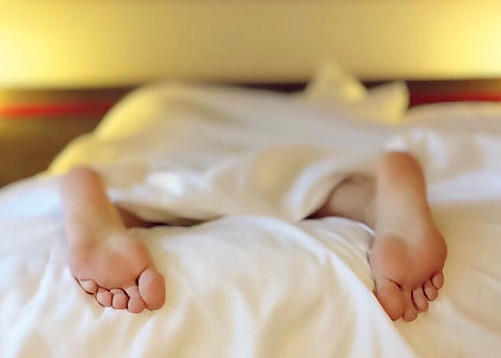

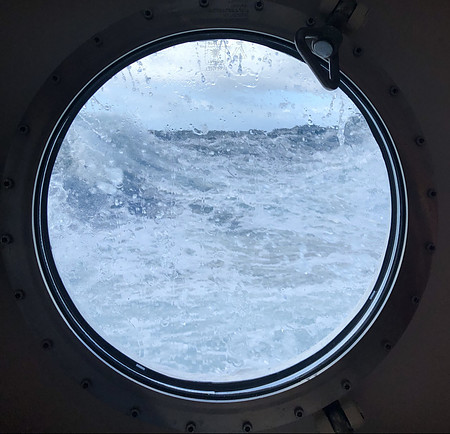
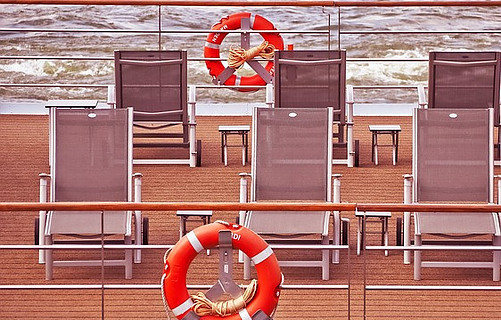
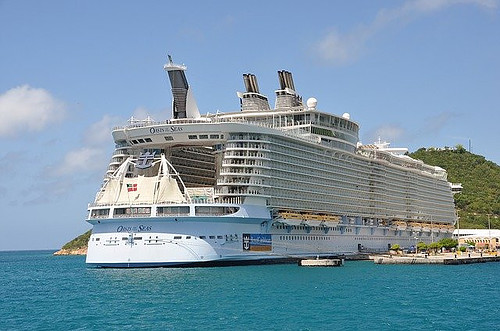
I know l, motion sickness and the fear of heights etc, are something that you definitely cannot control. I know one of my family friends, they are all suffer from the motion sickness which is crazy. Thank you so much for the recommendation on the medication. It is useful to have them on hands. I will definitely tell my friend about this.
Thank you for taking the time to read and comment, I’m glad you found the post useful 🙂
Hello, I really want to first appreciate your effort in putting this great website together and writing this article. at a point in time, while growing up, i i had seasickness especially when my dad would take myself and my sister on a cruise. i got used to it after i was older. now i cant miss out on fun.
Thank you Benny! Cruises are a lot of fun aren’t they, such a shame when people avoid them for the fear of getting sick! Thanks for taking the time to comment 🙂
Hi Wendy,
I used to use Dramamine but later switched to Bonine. It doesn’t cause as much drowsiness and seems to work better for me. I have been on two long cruises and only got sick on one since we were in the middle of the Pacific in winter. It was a sunny day (which seemed to make it worse since it was rough and hot!) on the way from Hawaii to Karibati.
On the cruise I took from San Francisco to Mexico (all the way to Acapulco) I was fine. That of course hugs the coast all the way down.
I have never tried the injections. What about the wrist bands? I have seen them but not tried them. Have you?
I knew to book a room in the middle of the ship but did not know the super large ships and Cunard ships are built with more stabilization features.
Thanks,
Jessica
Hi Jessica, thank you for the advice, I have heard of Bonine and never used it myself, good info to know! San Fran to Mexico sounds like a fabulous cruise…maybe one day I’ll get to Acapulco!
The wristbands are supposed to be great, I’ve not used them myself but am currently surrounded by a lot of guests using them successfully.
Thank you for your comments and taking the time to read my blog, I appreciate it! 🙂
Wendy
I have to say that sea-sickness would really put a damper on the cruise. I love all these tips. I never thought about cabin choice making a difference. I’m all for the patch! Rather prevent it than even have to think about it.
Gotta go, I’m off to book my cruise ?!
XO,
K
Haha, you have plenty of people willing to join you on that cruise…! But yes, prevention better than cure I reckon, the patches are easy to use and so many guests swear by them!
Thanks for reading 🙂 x
Thanks for the article. I’ve been enjoying following you on Instagram and this blog. My husband and I were just on the Viking Orion in Australia and New Zealand Dec. 27-Jan. 12. I think we must have just missed intersecting with you on the ship. We are definitely Viking cruise fans.
I am very prone to motion sickness, and never really know when it will or won’t hit, in cars, boats, planes, and even, once, in a train and on a water slide. I’ve used Dramamine, Bonine, Transderm Scop, and wrist bands. Basically, everything works some of the time, but nothing works all of the time. .My plan on cruises now is that I get Transderm Scop patches and wear them throughout the cruise. This has been my most reliable remedy. Transderm Scop requires a prescription. I haven’t tried the over-the-counter patches, but I know they aren’t the same. Perhaps I should try the patches available on Amazon. I also usually wear wrist bands, and figure they can’t hurt, but I don’t think they would work well enough for me on their own. When it is really rocky, I also take a Dramamine. Between all of those remedies, I was fine througout the last cruise, as well as the previous “In Search of the Northern Lights” cruise in the North Sea, even though both cruises had some rocky times. Ironically, my only problem on the last cruise was in Sydney Harbour on Boxing Day the day before the cruise started. We went on a harbour boat outing and chased the Sydney-to-Hobart sailboat race boats out of the harbour as the race began. I got pretty sick from when we left the harbour until we finally docked again. Of course, this boat was much smaller than our Viking cruise ship.
I wish there was some remedy I could count on every time, but I don’t think that exists. I have had the best luck with Transderm Scop patches.
Hi Jane,
Firstly, thank you so much for following me, I really appreciate that!
Secondly, that’s really great info and advice, thank you. I guess layering up the options is going to give you a better overall remedy. I can get sick on the smaller boats too, especially heading out to the Great Barrier Reef one time, I was crazy sick, and generally I’m ok…you just never know how your body is going to react I guess.
Incidentally, I was in Sydney when you docked, I caught up with Brian (your CD) for dinner whilst he was here!
Hopefully see on board sometime 🙂 Thank you for reading and taking the time to comment!
Wendy
Brian is one of the most enthusiastic, positive people I have ever met! Thanks for sharing informative and fun travel information in your blog and on Instagram. I’ll keep following! ?
He’s awesome isn’t he? We absolutely love him 🙂 Lucky for us we have second best, his brother Manny. He’s onboard as ACD through to London!
Thank you so much for following, I hope I continue to advise/entertain you! 🙂